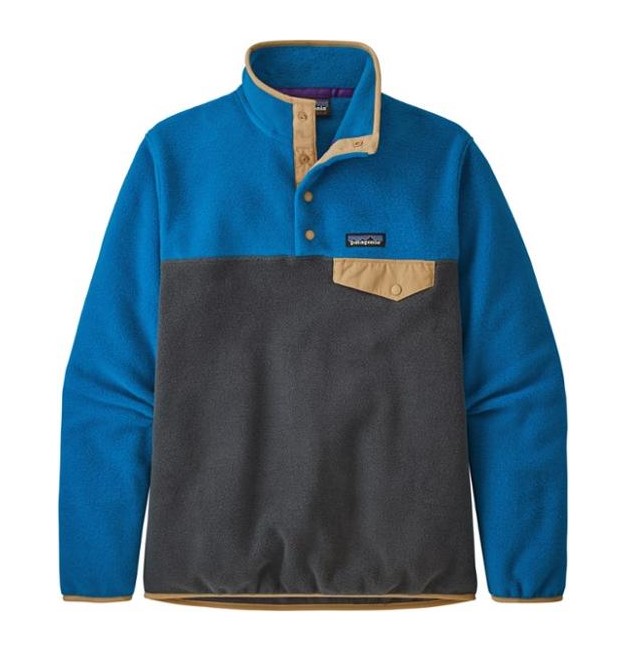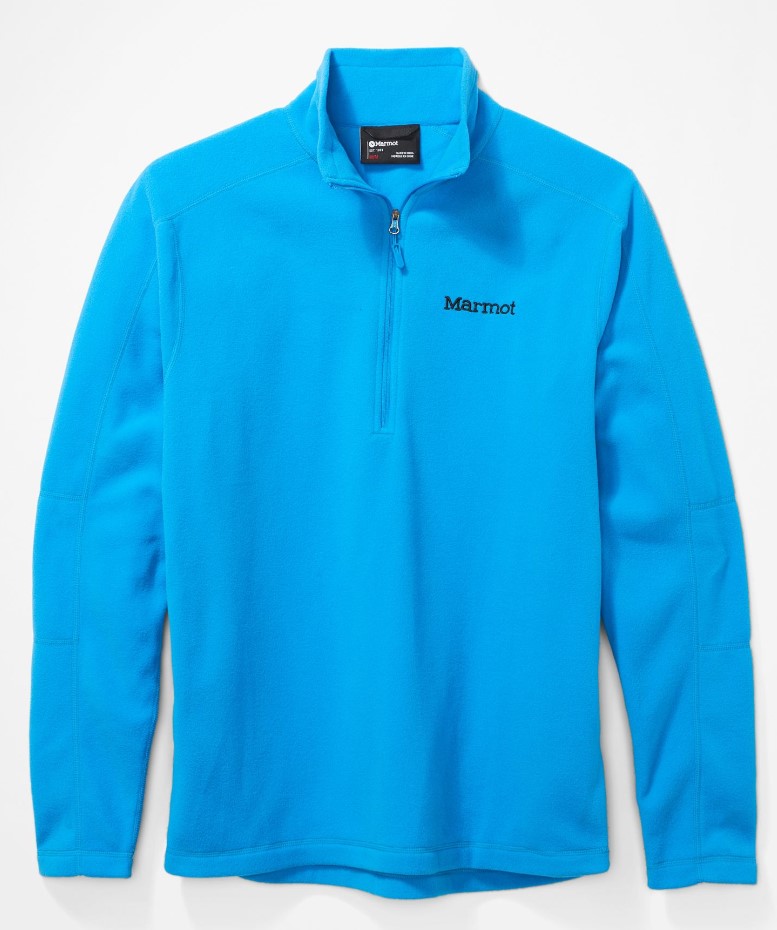Gear Series: Tips for Buying Fleece

Patagonia Retro Pile Fleece (heavyweight full-zip)
Interpreting the language of outdoor retail
When it comes to buying outdoor gear for Adventure Treks (or even for a personal trip), there’s nothing more daunting than trying to decipher every obscure label, material, fabric, and technology that comes with buying even the simplest outdoor item these days.
But Adventure Treks is here to help! This spring, we’re launching our Gear Series: Tips for Buying Outdoor Gear. We’ll discuss some of the materials, technologies, labels, and other features commonly found on outdoor equipment, and attempt to clarify their meaning, use, and how they’re helpful on an AT trip.
Fleece jackets and pullovers
What is fleece? Especially if you live in a warm climate, that’s a great question. Despite being a staple of any outdoor packing list, this product is often poorly defined. The title “fleece” is applied to such a wide-ranging variety of products that it can be difficult to know what to actually purchase.
What is fleece?
Fleece is simply a fabric: a soft, fuzzy material made from processed or recycled plastic or polyester or other synthetic fibers. These fibers are processed until they are soft enough to weave into fabric, which is then “brushed” to create the fluffy texture that we would recognize as fleece. The finished product resembles sheep’s wool, from which it gets its name.

Patagonia Synchilla Snap-T Fleece Pullover (midweight)
Why wear fleece?
A fleece layer is a must-have for many different outdoor settings, including all Adventure Treks trips. Until synthetic fabrics (and merino wool, the soft, fine weave that most of today’s products use) hit the market, the staple outdoor non-cotton material was wool because of the warmth it provided and its natural oils that would help retain its warmth when wet. The downside to the wool of old (and the reason for the emergence of merino fabrics): They were bulky, heavy, and sometimes retained a lot of odors.
Nowadays, fleece is a staple in most households. Because it’s a synthetic or made-from-recycled-plastic fabric, its thick network of fine fibers provide insulation while remaining lightweight. And because plastic doesn’t absorb moisture, it retains its insulative properties when wet. Plus, fleece tends to be less expensive than wool. Jackpot!
Fleece weight and warmth
In the fleece world, “warmth” and “weight” are fairly intertwined: To talk about one is to talk about the other. Fleece descriptions often include terms like heavyweight, midweight, or lightweight. This refers to the fabric’s thickness, its actual weight, and how warm it’ll keep a person. (You may also see the term “pile”; this refers to fabric with loops, strands, or tufts of yarn standing up, resembling the fluffy bath mat material.)
- Heavyweight: About as thick as a fluffy, terry cloth towel. The warmest designation. Not a requirement for Adventure Treks but would be fine.
- Example: Patagonia Pile Jacket
- Midweight: About as thick as a sweatshirt or sweatpants. This designation is predictably the middle of the pack in terms of warmth. A great option for Adventure Treks.
- Lightweight: About the thickness of a cotton dish towel. The least warm, but great to wear over a long-sleeve shirt and under a jacket.
If your Adventure Treks packing list says to bring two fleeces, one of them can be lightweight. If it just lists one fleece, you’ll want to pack a midweight.

Marmot Rocklin Half-Zip Jacket (lightweight)
Fleece styles
- Hoodie: A fleece hoodie is a great option when you won’t be wearing other layers over it (a hood can get in the way of a rain jacket). If you’re only bringing one fleece, don’t bring a hooded one.
- Pull-over: Think of a crew-neck, V-neck, or quarter-zip fleece. It’s a versatile style and should be one of the fleeces you pack for Adventure Treks.
- Jacket: This refers to a full-zip top. It adds a little extra bulk (and thus weight) and will often be a mid- or heavyweight option. Another great fleece to bring to Adventure Treks.
Fleece takeaways
- A fleece is an essential and versatile piece of gear that we will use again and again at Adventure Treks.
- You’ll never go wrong with a midweight fleece, and when in doubt, go with a pullover.
- In the end, don’t worry too much about weight and warmth; as long as you have something that says fleece in the description and in the quantity shown in your packing list, you’ll be OK!

